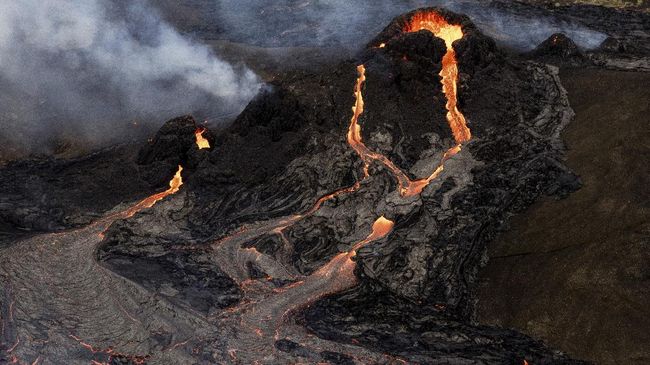Mars and Earth are not alike. However, scientists say one region on Earth, Iceland, may have need Earth similar to Mars 4.5 billion years ago, before the region changed much due to tectonic movements.
The allegation emerged from a recent study examining 4.48 billion-year-old Martian rock called Black Beauty. According to the study, published in Nature Communications, Black Beauty originated in one of the oldest regions of Mars.
“This meteorite records the first stage of the evolution of Mars and, by extension, all the terrestrial planets, including Earth,” said Valerie Payré, a postdoctoral researcher in the Department of Astronomy and Planetary Sciences. Science Daily.
ADVERTISEMENT
SCROLL TO RESUME CONTENT
–
“Since Earth lost its old surface mainly due to plate tectonics, observing such structures in very ancient terrain on Mars is a clue to an ancient Earth surface that has been lost for a long time.”
The research team, led by Anthony Lagain from Curtin University in Australia, searched for the location of the origin of the Martian meteorite, which has the official name NWA (North West Africa) 7034, taken from the location where the meteorite was found on Earth.
This meteorite chemically indicates Mars has volcanic activity like that found on Earth, especially Iceland which is a volcanic paradise.
The team studied the chemical and physical properties of Black Beauty to determine where it came from. As a result, scientists say these rocks come from Terra Cimmeria-Sirenum, one of the most ancient regions on Mars that may have a surface similar to Earth’s continents like two sisters.
Planets like Mars have craters all over their surface, so finding the right location is quite a challenge.
In a previous study, Lagain’s team developed a crater detection algorithm that uses high-resolution images of the Martian surface to identify small impact craters, finding about 90 million craters 50 meters in diameter.
Thanks to this study, scientists were able to find a region that throws a lot of material into space, namely the Karratha crater which has an older crater called Khujirt.
“For the first time, we know the geological context of the only fragmented Martian sample available on Earth,” said Lagain, a researcher in Curtin’s School of Earth and Planetary Sciences. Science Alert.
“This research paves the way for finding the location of the ejection of other Martian meteorites, in order to create the most complete view of the geological history of the Red Planet,” he added.
Furthermore, Payré studied the nature and formation of the Martian crust to determine whether Earth and Mars had a common past that included crusts such as continents and oceans. He used orbital observations to investigate whether traces of volcanism similar to Iceland exist on Mars.
“To this day, the complexity of the Martian crust is not understood, and knowing about the origin of this amazing ancient fragment could direct future explorers and spatial missions to explore the Terra Sirenum-Cimmeria region that hides the evolutionary facts of Mars, and possibly Earth,” he said.
“This work paves the way for discovering the location of the ejection of other Martian meteorites that will provide the most complete information on Mars’ geological history and will answer one of the most interesting questions: why did Mars, now dry and cold, evolve so differently from before. thrive for life?” he said.
(lth)
–


